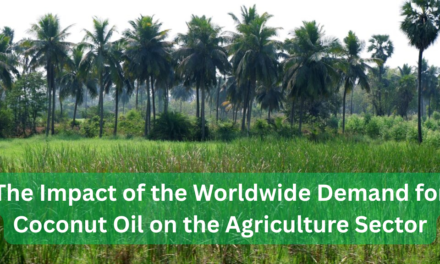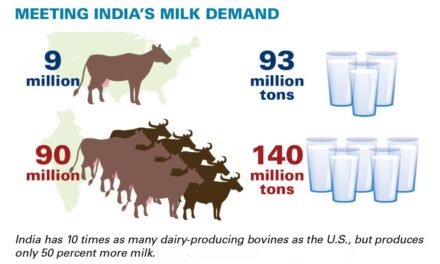A vertical farm has successfully reduced the price of fresh vegetables to as low as $1 per pound, marking a significant breakthrough in making sustainable, locally grown produce more affordable and accessible. This innovation comes as a result of advancements in controlled-environment agriculture (CEA), optimized resource utilization, and economies of scale achieved by modern vertical farming systems. By cultivating vegetables in stacked layers within climate-controlled indoor environments, vertical farms can achieve higher yields, reduce waste, and lower production costs compared to traditional farming methods.
The ability to produce fresh vegetables at $1 per pound is transformative, particularly in urban areas where land is scarce, and the cost of transporting produce from rural farms can inflate prices. Vertical farms utilize hydroponic and aeroponic systems, which require up to 90% less water and no soil, enabling efficient growth with minimal resource inputs. Additionally, LED lighting technologies and AI-driven climate controls ensure optimal conditions for plant growth, further increasing productivity while reducing energy costs.
This price breakthrough is particularly impactful for commonly consumed vegetables like leafy greens, lettuce, herbs, and tomatoes, which are often subject to price volatility due to seasonal changes and supply chain disruptions. By producing food year-round, regardless of weather conditions, vertical farms ensure consistent quality and availability at affordable prices.
The reduced cost also aligns with global goals for food security and sustainability. Locally grown vegetables from vertical farms minimize transportation emissions, decrease food miles, and significantly reduce post-harvest losses. This is especially beneficial for densely populated urban areas and food deserts, where access to fresh, affordable produce is limited.
Technological advancements and automation have been key drivers in reducing costs. Integration of robotics for planting, monitoring, and harvesting, along with AI-based crop management systems, has streamlined operations, minimized labor costs, and optimized resource efficiency. By achieving scale, vertical farms are now able to pass these savings on to consumers.
The success of this model offers promising solutions for addressing rising food costs, urbanization challenges, and the need for climate-resilient agriculture. It demonstrates that sustainable innovation can make healthy, fresh produce affordable for all socioeconomic groups, while reducing environmental impact. As vertical farms continue to expand and refine their operations, they are poised to play a critical role in reshaping the global food system and meeting the growing demand for nutritious, affordable, and locally sourced vegetables.









